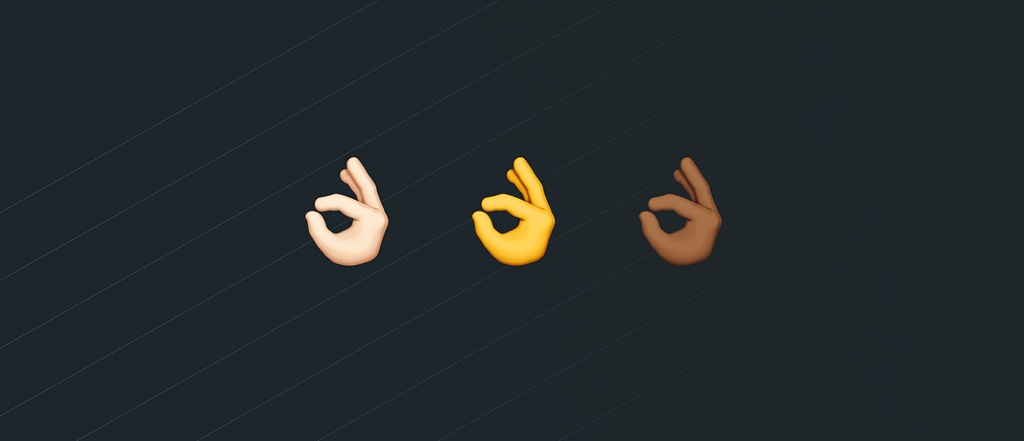Build Design Systems With Penpot Components
Penpot's new component system for building scalable design systems, emphasizing designer-developer collaboration.

Startups, Wanderlust, and Life Hacking — Medium | Ariel Verber 
2 months ago I saw a rise in demand for product designer in my country, Israel. The demand for design talent was pretty high in the last 5+ years, but recently I started getting some more offers than usual, and saw that even after 1 or 2 months, the companies who approached me still didn’t find the right person for that role.
This should be great for me, because it can help me get more projects, But usually — out of around 10 clients that approach me, only 1 would be the right fit. So what do I do with the rest of the offers? I refer them to the same 2 or 3 friends that are also freelancers, while knowing there’s a very low chance that they’ll have the time to take it.
I decided I want more people to refer to. This way, I can bring value to the companies that I choose not to work with. I assumed my friends want to have more people to refer to as well, so I chose to make it a public project.

This is how the idea for Really Good Product Designers was born. It’s a curated list of product designers from Israel, with basic relevant info like their work status, experience, portfolio link and contact info.
I started by adding most of my designer friends there. I had about 10 designers I can happily recommend to clients without any doubts, so I approached them first. The problem was that most of them were employed, and only 3 were taking projects as freelancers. I knew I needed at least 10 to just launch it. So I posted this opportunity to be included in this “exclusive list of talented designers” in a few facebook groups.
While I got some support from the people who knew me, others had complaints. The main messages were “Who are you to choose if I’m good or bad?”, “So are you gonna determine if someone’s good enough based on their dribbble profile?” etc.
I didn’t care about those comments. It’s a personal project and I felt that if I build something people don’t like, they can just choose not to use it. I saw no harm in doing this type of curation.
What I did care about was when I asked my friends to join.

That made me stop for a second and think. How actually am I going to do the sorting? I don’t want a popularity contest, I don’t want to give a score to anyone, and I don’t want to promote recently added over others in such a drastic way. Everything has to be fair. Nobody gets promoted.
My solution was very simple: Make it random!
It took 2/3 lines of codes, and made everything fair for everyone. People who were at the top of the list, might be at the bottom in a different session.
Some people got mad for being featured at the very bottom when they checked out the site, I told them to refresh and that put a smile on their faces. All in all — everyone were very supportive and happy and nobody really had anything bad to say towards me. Some were so proud to be featured that they shared my project in their social media pages, double benefit.
After solving this problem, I had another problem: I chose the 👌 emoji to support the brand for this project. It’s featured in the favicon, in the headline, and in the meta image. But then I started thinking about favoritism again. I didn’t want any skin color to be in favor of others. So I did what I learned in the previous lesson — and made the skin color randomly decided in every session.
Overall, people loved my product. Many of my friends got at least 5 relevant offers from companies who found them through the website, some of them even signed on terms with really awesome companies (Wow, I changed peoples’ lives!). Traffic to my personal website has increased a lot, and I assume now many more people from the industry are familiar with my name and my works. People are referring to this site when someone posts a job post for a designer on facebook, or when they get an offer they’re not interested in taking. All the doubts people had in it, and I had in myself, were cleared.


How my side project helped my friends score awesome design jobs was originally published in The Startup on Medium, where people are continuing the conversation by highlighting and responding to this story.
AI-driven updates, curated by humans and hand-edited for the Prototypr community